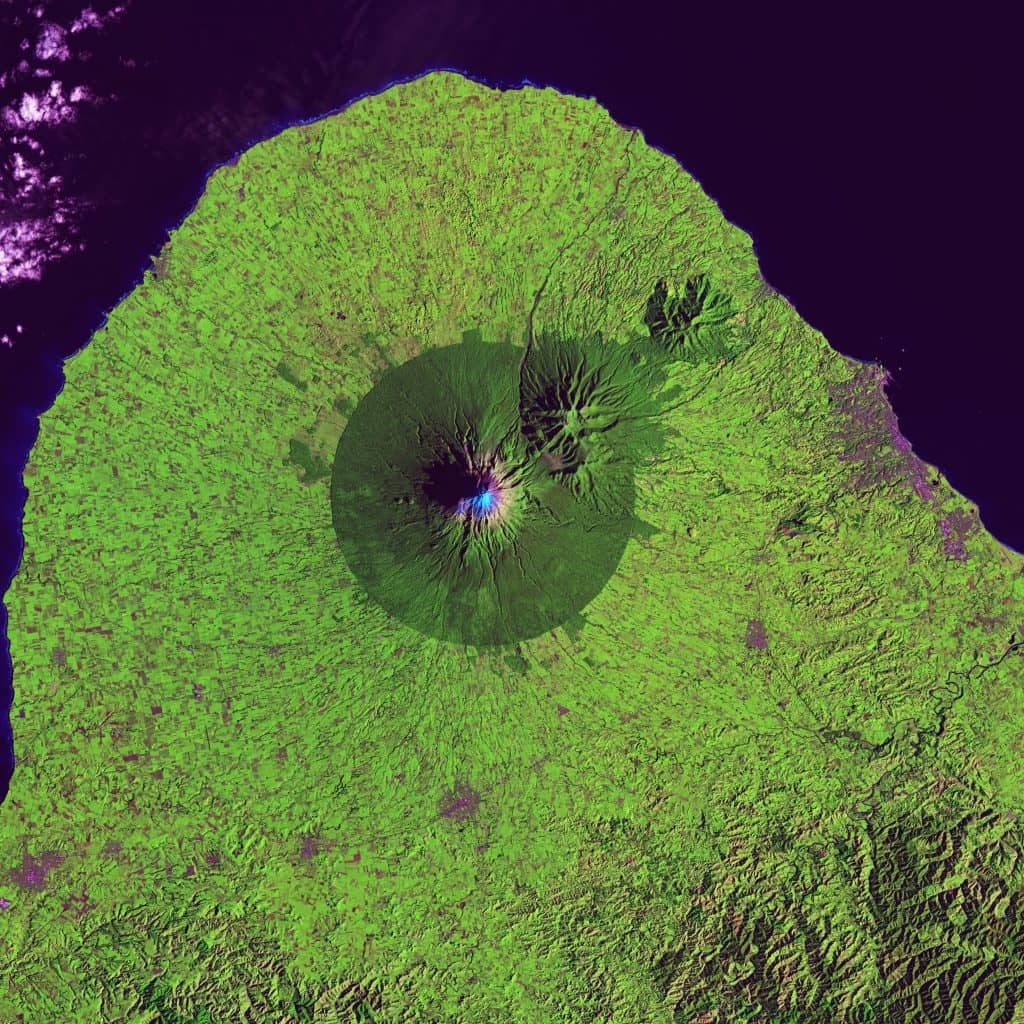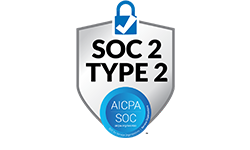
The approximate number of satellites orbiting the earth is 2666. These satellites provide us the images of the earth which is known as Satellite Imagery. The images are used for communication purposes, for observation of Earth, and for navigation purposes. Governments and businesses around the world have ownership rights of these satellites.
The satellites are placed in 3 main orbits of the earth. They are classified as low, medium, and high earth orbits. Majorly the commercial satellites use the low orbit of the earth. The satellites placed in the middle orbit of the earth help us with the imagery used for navigation. For weather conditions and communication, we rely on the satellites placed in the high orbit of the earth.
Another aspect of the satellite imagery one needs to consider is the resolution. The resolution of the satellite imagery would vary as per the instrument used and the position of the satellite in the orbit. There are five types of resolution namely
- The spatial resolution simply termed would be the pixel size of the image
- The spectral resolution is the size of the wavelength interval
- Temporal resolution is the period between each imagery collection
- Radiometric resolution is the system resolution that captures the various level of brightness
- Geometric resolution refers to the ability of the system to capture a part of Earth in a single pixel

The satellite imagery is used in various applications like fishing, landscape, education, and more. The data captured from such satellite imagery is used by various industries such as real estate, mapping, insurance, and others.
In the present times, we can have easy access to satellite imagery of Earth through various portals. Few such imageries are free to download for research and study purposes. One can opt for specific, high-resolution imagery through paid sources as well. You can choose any of the online portals or sources that give you satellite imagery as required by you. You can zero in your imagery accurately once you are clear about the concept of Earth orbits and resolution.
Here we will list a few sources from where you can download free satellite imagery of earth:
USGS Earth explorer agency
USGS holds a record for its collection of free satellite imagery which is over 40 years old. The images are made available through Earth explorer. They have images from the USGS Nasa Landsat mission and data from ISRO, Sentinel-2, and high-resolution images from OrbView-3. The search parameters help you to narrow down your choice of imagery. It also has a feature-based search parameter to help you identify the area as per the specialty of the location. You can preview and download imagery using the Bulk Download application. For analysis of the image, you need to have specific software. USGS Earth explorer has the best and large collection of free satellite imagery. The only drawback is its non-user-friendly menu options. An amateur will take time to familiarize oneself with the buttons and available data-sets.
Landviewer
Landviewer is the best satellite imagery source for free downloads. It offers updated free images from Landsat 7-8, Sentinel-1, MODIS, aerial data from NAIP, and others. It offers the best spatial resolution that is 40 cm per pixel. The search menu parameters are user-friendly as it is easy and straightforward. You can easily download full or cropped images in JPEG, KMZ, or GeoTIFF. The downloaded imagery can be stored in the local PC or cloud storage. The best feature of Landviewer is its analysis tool. You can use different band indices like NBR or SAVI to analyze your free imagery download.
Sentinel Hub
You can use Sentinel Hub source to access open-source satellite imagery. You can either use EO Browser or Sentinel playground to download the imagery. It gives you access to Landsat & MODIS imagery. It offers near-infrared best resolution for imagery. it is a source that provides new images every 5 days. However, a few imageries even at 10M lacks resolution and may not be ideal for various applications. The downloaded imagery using Sentinel playground can be saved in JPEG formats. EO Browser gives an option for analyzing the downloaded images.
Google Earth
The best resolution imagery is available with Google Earth. The imagery data is 3 – 4 years old. The imagery can be used only for non-commercial applications. You will not be able to download the imagery.
NOAA
NOAA gives you access to GEOS-R and NOAA-20 data. Since the satellites are located in the high orbit of the earth, the imagery lacks good resolution. GEOS-R refreshes data in approximately 15 minutes. This makes it closest to providing real-time data. The imagery can be viewed in your browser. The usage of imagery is strictly for non-commercial purposes.
UP42, Arcgis, and Aspectum
There are new platforms in the market today that have enabled easy access to satellite imagery such as UP42 (from Airbus), Arcgis Online (from esri), and Aspectum. These platforms not only sell base imagery but also let you task satellites to take custom images and run various analytical processing engines.
Conclusion
Aventior’s Satellite Image Analytics (SIA) is a platform that uses computer vision to detect objects, monitor changes, and also map open spaces. It can be used for building detection, sports facilities detection, vehicle detection, aircraft detection, and much more. Aerial & Satellite Image Analytics (SIA) platform processes satellite imagery in RGB mode. It is capable of processing images and videos with less than 55 cm in resolution. Aventior offers one of the best SIA platforms in various models as per your requirement. Aventior offers its services in SaaS-based access, API-based data service, and Product embedding. If you have any questions, please reach out to us at info@aventior.com.
Tell Us for more about your requirements here



